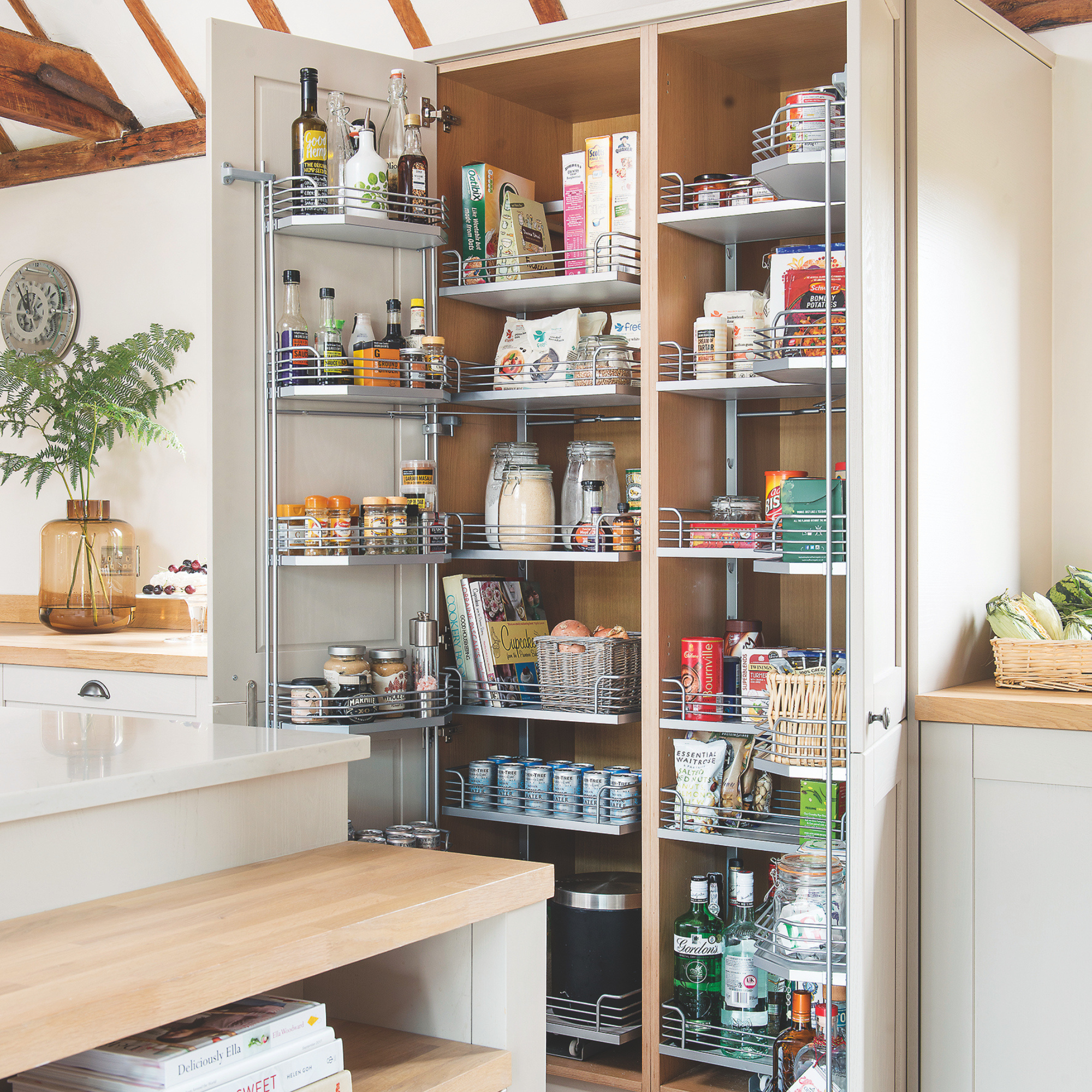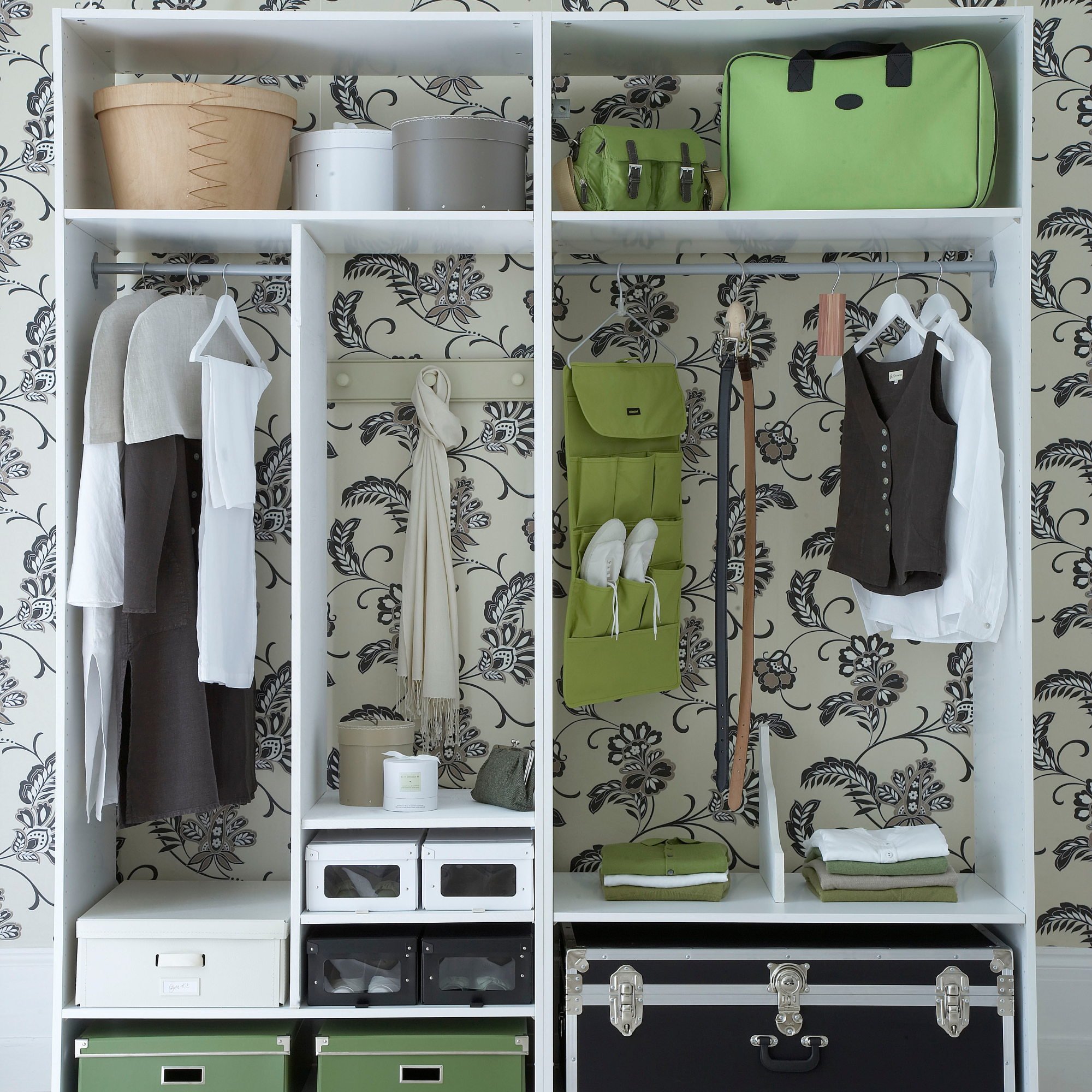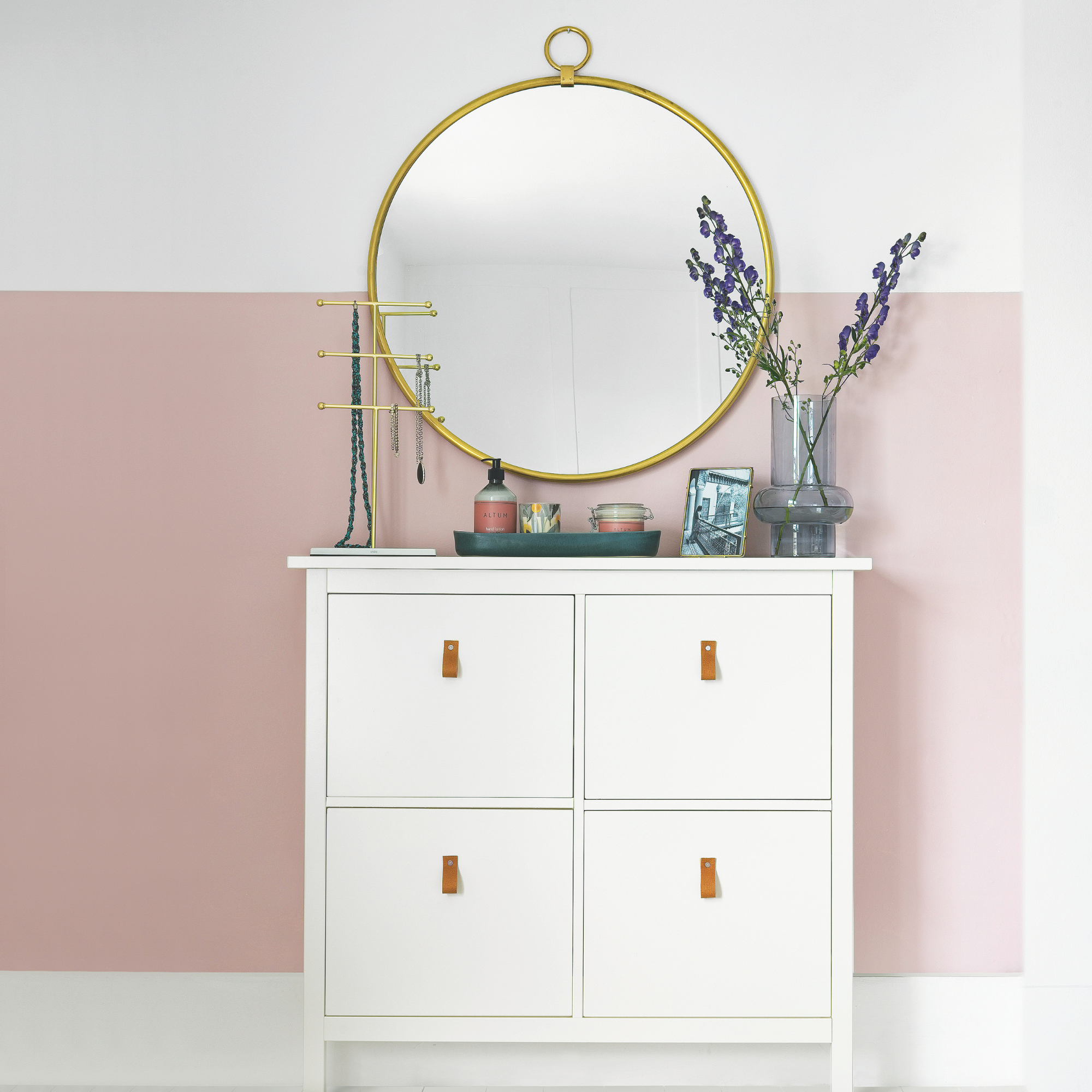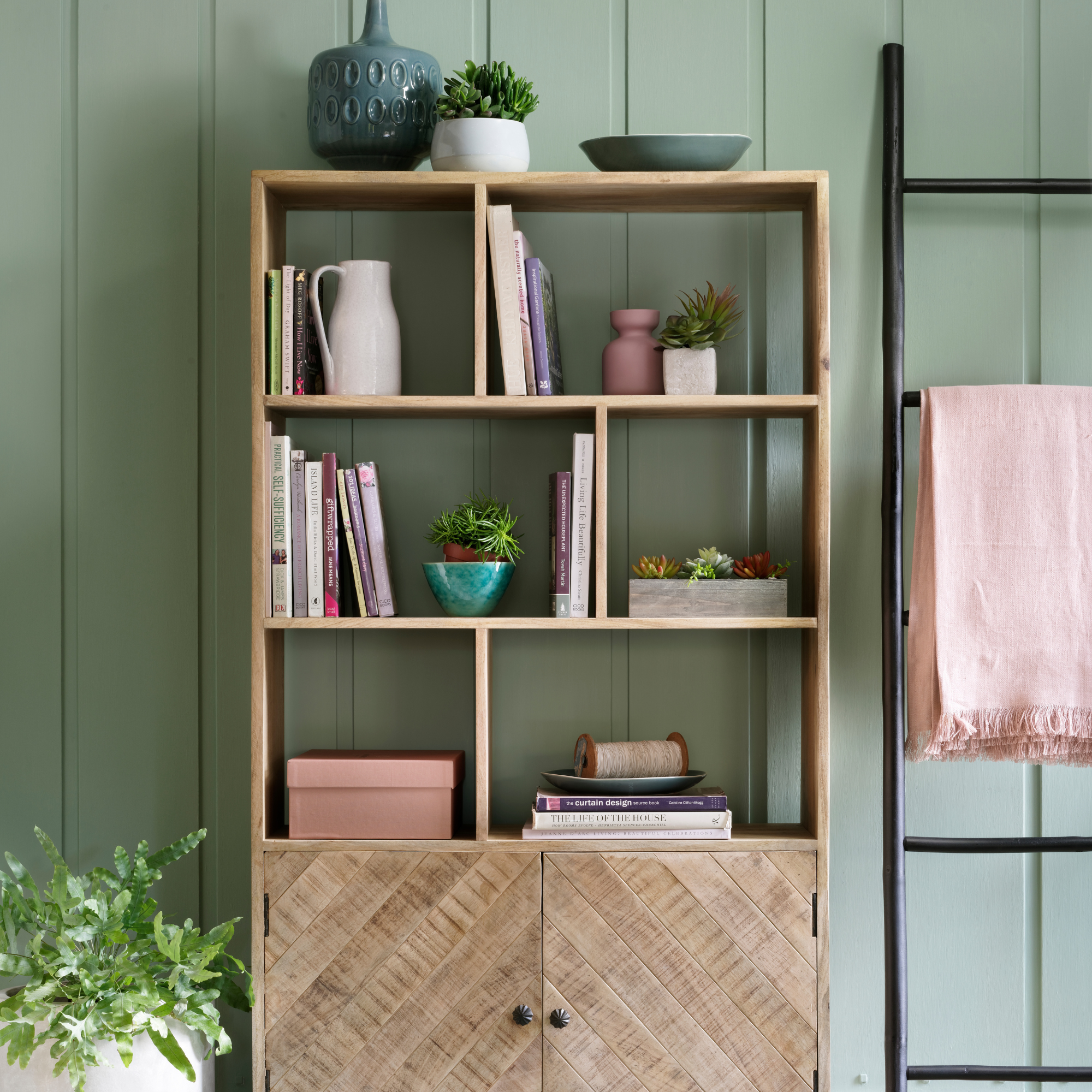
Deinfluencing is the new influencing. This clutter-conscious trend is teaching us less really is more, so could this minimalist approach be the key to less clutter?
In an era of microtrends, we’re always being spurred on to buy something. Logging onto social media, you’re suddenly faced with hundreds of influencers telling you that this product is a ‘game changer’.
When faced with social media buzz, we’re all guilty of putting said items straight in our baskets. This isn’t always a bad thing – but when you suddenly have multiples of things you really don't need and hundreds of little trinkets stacked up, it’s clear you’ve made a classic decluttering mistake.
The latest decluttering method of engaging with deinfluencing is essential the angel in your shoulder opposing the cheeky devil of influencer culture – it focuses on reducing overconsumption, ensuring we only buy the things we really need.

‘Deinfluencing offers a refreshing counterbalance to the overconsumption often encouraged by influencer culture,’ comments Katy Philips, money-saving expert at Idealo.
‘Influencers regularly showcase trendy products, which can encourage us to buy things we don’t need, leading to clutter and wasted money. Overconsumption not only overwhelms our space but also drains our finances and contributes to waste, with many items ending up unused or discarded.’
Influencing encourages us to consider the quality of the items we buy, too. For example, when looking at the best saucepans, buying one high-quality set is far better than buying lots of different trendy items. As a whole, the trend encourages us to be far more considered and mindful when making a purchase.
‘With marketing happening right in our hands 24/7 via our phones, it's never been easier to impulsively buy something that promises to improve our lives,’ continues Shannon Murphy, accredited professional organiser and founder of Simpl Living Co.
‘The de-influencing trend is amazing for making us reconsider these habits. True happiness isn’t found in physical items. We know this on some level, yet we’re caught in a loop of buying more. De-influencing gives us permission to break that loop, to question the messaging that tells us we need the next big thing.’

How to apply deinfluencing to your home
Applying the deinfluencing trend to your own purchase habits, is all about taking a considered approach to buying. ‘Ask yourself, "Do I already own something similar? How often will I use it?" It’s about shifting the focus to what you genuinely need rather than what’s trendy,’ advises Katy.
‘Prioritise reusable, shareable goods, and make thoughtful purchases that serve multiple purposes. This approach can also save you money by reducing impulse buys and focusing on high-quality items that last.'
‘A minimalist approach can help your home feel cleaner and more organised,' Katie continues. 'Buying fewer, versatile, high-quality items like bed sheets that are going to last you years to come or shoes that work for multiple occasions is not only financially smarter but also helps reduce clutter.'
‘De-influencing isn’t just about cutting back; it’s about fostering a more sustainable, intentional lifestyle, both for your wallet and your space.’ But what happens when you already have a load of clutter?

Is deinfluencing the best decluttering method?
Unfortunately, while deinfluencing is a great start, it doesn't appear to be the secret weapon to a clutter free life. ‘I don’t believe de-influencing is the solution to decluttering,’ says Shannon. ‘While it’s helpful for curbing future purchases, it doesn’t teach us how to physically let go of the things we already own.
‘Decluttering requires a different skill set—one that involves a logical, step-by-step approach to sorting through our belongings and deciding what adds value to our lives. You can stop buying new things, but if your home is still overflowing with stuff, you’re not really solving the problem.'
‘To truly create a space that feels calm and uncluttered, you need to learn how to declutter in a way that works for you—whether it’s tackling one room at a time or taking on smaller, more manageable projects.’
However, Shannon concludes that ‘deinfluencing can be a great mindset shift, but the physical act of decluttering is a necessary process for creating a home that supports your well-being.’
So, next time you find yourself pondering over the latest social media trend, ask yourself two questions: do I need this? Do I already have something similar?







